"Football shirts are a part of life" - FFT chats to designers about how they bring their ideas to reality
How do Adidas come up with their kit designs? We speak to some of those responsible for the hottest kits around
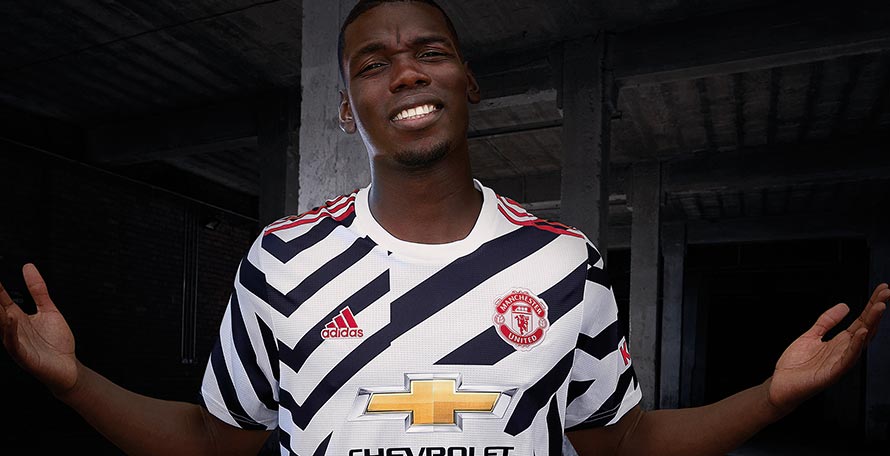
Here’s the little-known secret to a great football shirt. According to the industry’s top designers, the most powerful shirts take fans back to a simpler time before Facebook and Twitter - satisfying a yearning for an era before social media cluttered our minds, when “everything was better”.
Forget the physical shirt. Shirt design is all about taking you back to happier times, through tribal colour and sheer nostalgia.
“Football shirts take us back to a time with no social media, when we were freer and less connected,” Inigo Turner, the Adidas design director, tells FourFourTwo. “It's about combining technology and cultural immersions and insights surrounding the teams we are covering. We want to tell the stories about the clubs, around the cities, researching the supporters, maybe music scenes.”
ADIDAS PREDATORS “It’s loud and wow and bold!” FFT chats to the designer behind the new Adidas Predator Freak boots
He says: “Nostalgia is the Zeitgeist. People want to feel very connected to a certain era, when everything was better. There are new trends, but nostalgia is rooted in. There will always be an affection for the past, to good memories.”
Turner sees his responsibility in designing football shirts as creating the classics of the future: “We want to spark imagination and create something that supporters can connect to, get behind and be interested in,” he says.
“The Manchester United third shirt this year - it's attracted a lot of controversy. This black and white shirt is dazzling. But it's got a story behind it. And the story which we tried to tell is that the stripes are a part of the culture of the club and ultimately Manchester. It’s about their history from 100 years ago, but also about what’s relevant now.”
Get FourFourTwo Newsletter
The best features, fun and footballing quizzes, straight to your inbox every week.
Order the Manchester United 2020/21 kit here
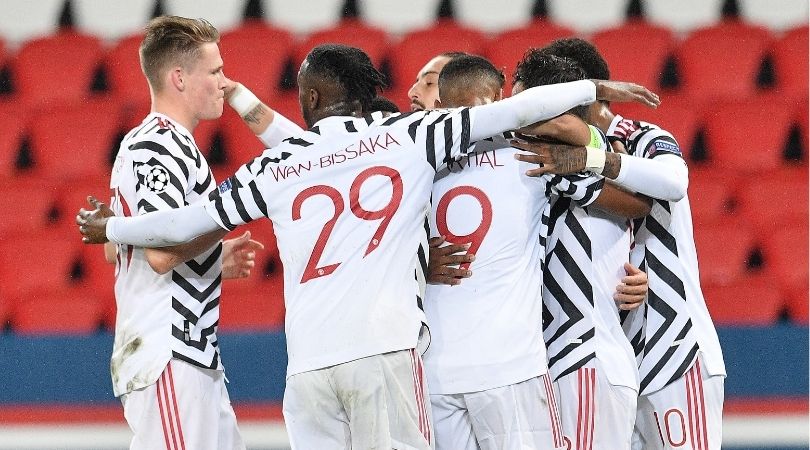
This is a world of stripes, zig-zags, abstract patterns, and beauty. Football fans crave design and emphatic colour - tifos, pyros, scarves and so much more help to create the ultimate matchday experience. The colour is an escape from the painful 0-0s, the unimaginable 5-0 losses, the hopeless tactics - this world of football design is an art that gives the supporter an identity. It shatters the tedium and agony that the football fan feels in the stands.
FourFourTwo met some of the unsung heroes of football fan culture to gain a deep insight into how football shirt design tells stories founded on nostalgia.
As well as Inigo Turner, David Hicks and James Webb have created some remarkable football shirts. Hicks designed some of the stunning Roma shirts in the 90s, and Turner and Webb worked on the iconic Arsenal “bruised banana” revamp from last season, among many others.
ROUND-UP Every Premier League 2020/21 home and away shirt
Webb, an Adidas designer, sees football shirts as bringing us closer in ways that touch us emotionally. “Football shirts transcend different generations,” he says. “It’s all about those memories of your first football matches. Now we're in a generation where football shirts are not just for going to the football match - they’re streetwear, and they’re a part of your life.”
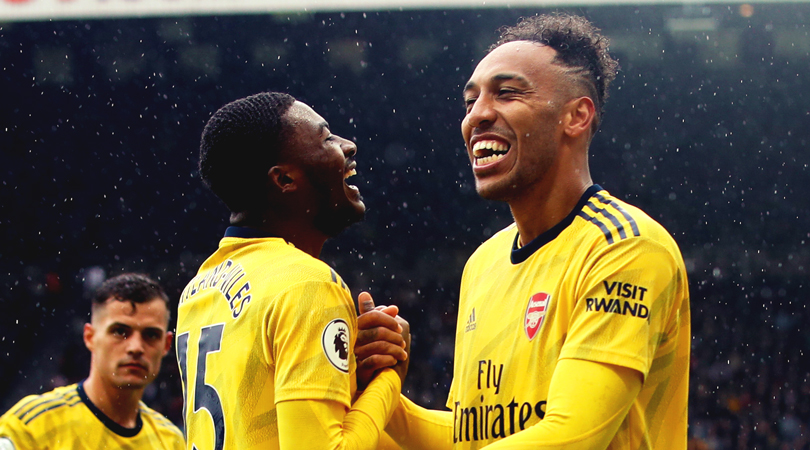
He believes each club and national team has a unique story to tell. “They all have a past. We’re not trying to reinvent the past, but we are looking to somewhat celebrate it,” He declares. “We’re also looking into the future. Everything we do has somehow got a story behind it, and it’s our aim to tell these stories.”
Hicks, who used to work for design company Zone, feels the shirt has to resonate with the club, its supporters and community for it to have a meaning. He says, “There has to be an emotional and factual reason why a design is chosen, and also something that invokes a feeling, a passion, a goal or moment. It can’t be just about the commercial side and led by marketing people. It has to come from the fans, be for the fans, and the team!”
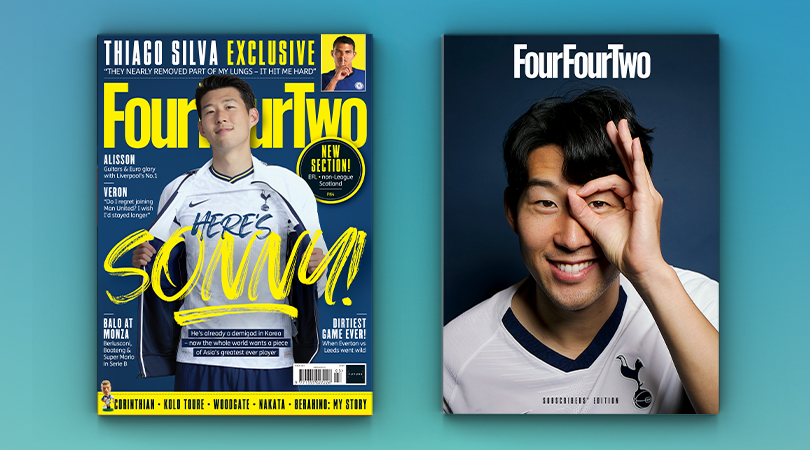
Ultimately, the design should express creativity and push the boundaries.
“We need to inject more passion into the ideas and then you’ll see some amazing stuff. For example, the famous Arsenal 2005/06 burgundy kit,” Hicks says.
There’s so much love for the design and impact of the football shirt. For the industry’s top designers, that stems from their childhood.
Webb was in awe of football shirts and stickers as a kid. “I think my earliest football memories are probably of my old man,” he recalls. “He used to get me the Merlin football stickers for the Premier League. And I was just completely taken away by all the colours and all of the shirts that the teams had. I remember some special shirts - teams like Coventry, Manchester United. Big teams that liked big colours and from there I think it was a pure romance with football shirts.”
Turner’s childhood memories also pushed him to become a shirt designer: “I grew up in a family of football supporting brothers, so all my brothers and sisters were Manchester United fans, and all my older brothers had shirts. From a very young age, I was exposed to these shiny, red, three-striped United shirts from the 80s. They were fascinating and I was hooked very early.
“I was always into football, so I started drawing my favourite players and shirts. I think that partly connected me to becoming a football shirt designer,” Turner says. “I just loved it as a kid; you don't really think that shirt designing can be a career. In the 80s, I'm not sure even that sort of job was something I could hope for. But the ingredients were definitely there.”
Hicks looks back to 70s football as the root of his passion: “I always liked the late 70s Crystal Palace shirts - with the graphic diagonal stripe. Vince Hilaire was the silkiest, most skillful player at the time. I remember watching him in that shirt and it always made me want to play myself.”
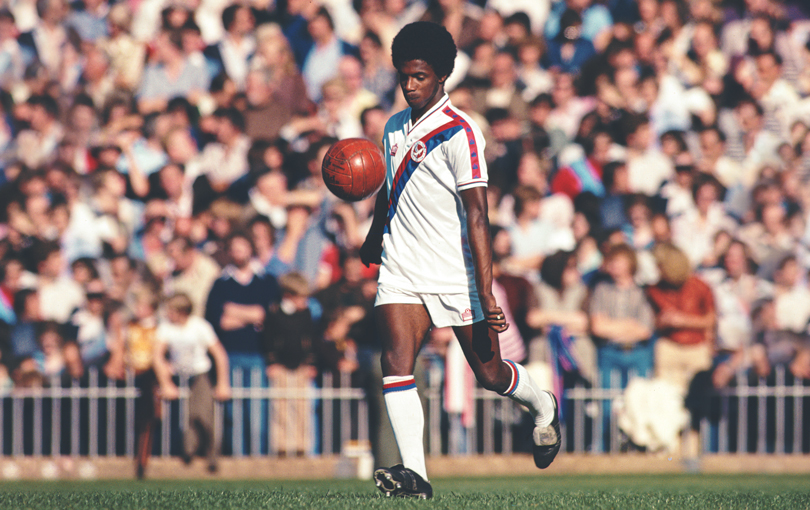
The thrill for kit designers lies in seeing their work come to life: “I remember the day that my boss came in from Diadora with the home and away kits for Roma’s 1998 season, which I had spent three months working on - I was lucky to keep hold of them and still have them now. I used to play football in the park with my mates on a Thursday night and they all called me ‘Roma’ as I’d wear the shirt for a kickabout!”
It’s a long journey from design to production. “We start off designing up to nearly two years before the shirt is released,” Turner says. “We decide what stories could we look to do our research on - and we travel and search for these stories. Then we start on the process of designing, which can take a couple of months, meeting with clubs. We get their feedback, and perhaps make alterations to it and then we go to sample.
“When the samples are back, we go out to share the products with the club. Hopefully, they like it, we like it. If not we make the tweaks at that point. And then we have a sample round just to check everything is fine before they go into production. Then they come to life.”
KITS The best 2020/21 kits from around Europe
And in the production process, innovation is evident. Adidas has transformed its shirts through technology: “It always has been focused on innovation. What we do is always informed by our science and technology and our innovations team. And their insight always drives us to new technologies,” says Turner.
“We used to use what we called Formotion - garments which were cooked, with movement-aiding technology. And we've developed these technologies over time. At the World Cup in 2010, we used Tech Fit and at the 2014 World Cup we introduced AdiZero. We’re always looking to innovate and find better solutions to allow the players to play at the highest level. Technology has helped change the football shirt world.”
Football shirts are special. Their designers have such a passion for such an art. Webb says: “It’s all very satisfying. The people you meet, the cultural insights. We’re doing a job we love as well, everything sort of goes hand in hand.
“You have to pinch yourself, in this job.”
While you're here, subscribe to FourFourTwo today and save 37%. All the exclusive interviews, long reads, quizzes and more but with more than a third-off normal price.
NOW READ
TRANSFERS Arsene Wenger claims he did all he could to sign Jamie Vardy
GUIDE Premier League live stream best VPN: how to watch every game from anywhere in the world
